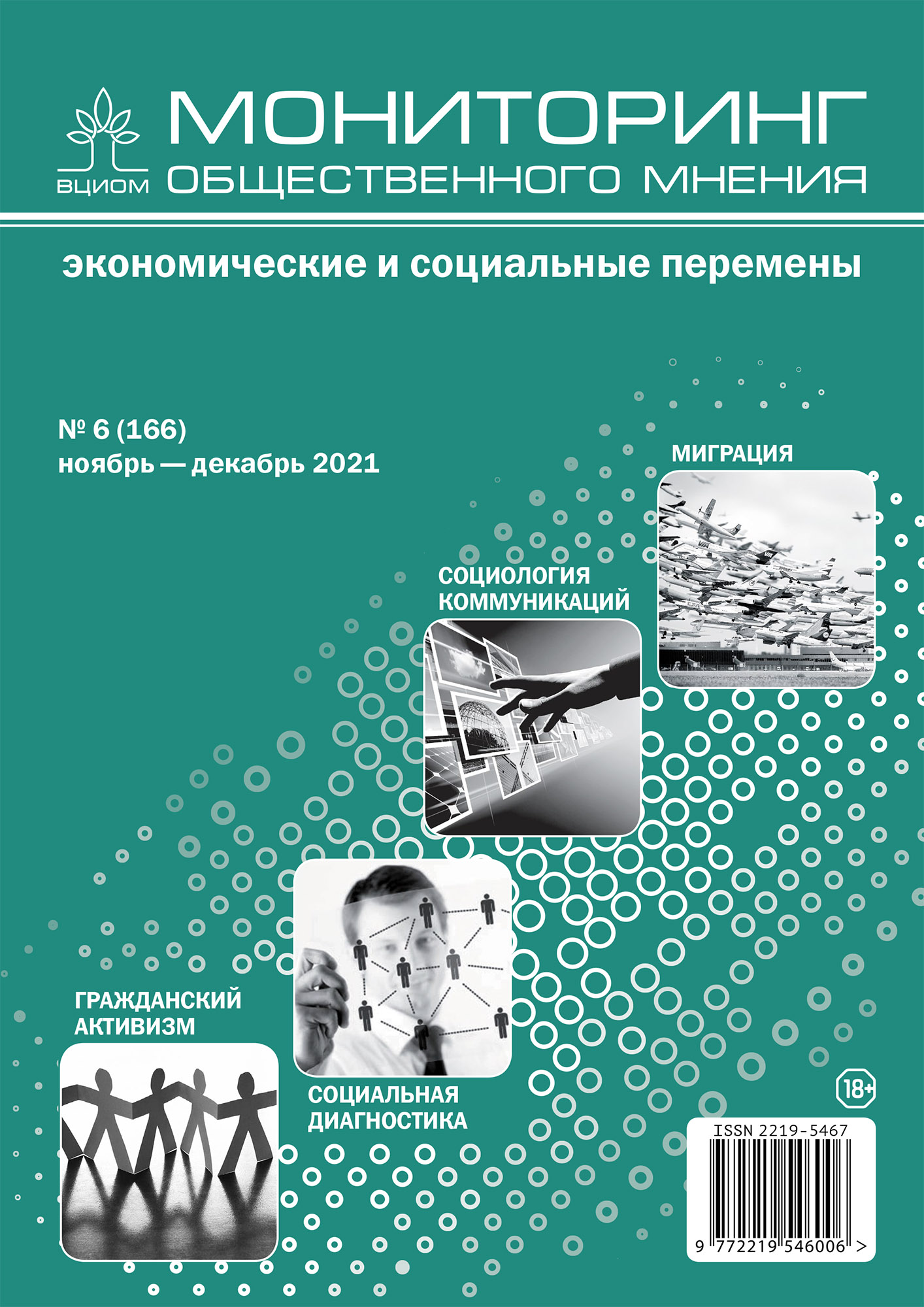Digital Infrastructures of Civic and Political Activism: Current Challenges, Risks and Constraints
DOI:
https://doi.org/10.14515/monitoring.2021.6.2014Keywords:
digital infrastructures, civic and political activism, digital interface, pseudo-activism, digital platformsAbstract
The paper identifies key challenges, risks, and constraints in the digitalization of contemporary civic and political activism in the aspect of democratization of traditional political institutions and civil society. The key aim of the study is to critically analyze current practices of civic activism at the digital platforms. The authors argue that in the context of global technological transformations and the transition to the Web 3.0 paradigm, the content and functional characteristics of civic activism will change significantly and generate new effects. The paper shows that the parameters of digital civic and political activism are largely determined by the design of the digital platforms, the capabilities, formats, mechanics, algorithms, and communication features that are provided within the existing digital infrastructure. The authors conclude that the design of civic and political activism is not independent in the functional aspect, but it is derived from the functional and algorithmic models of digital platforms, and the affordances largely dependend on the software algorithms of the platform. At the same time, the algorithms used by digital corporations and government institutions do not imply interfaces that contribute to the digital self-determination of citizens. To confirm this statement, the authors carry out a SWOT analysis of some digital platforms of political and civic activism.
The paper also regards the problem of simulation and simulacrization of digital activism. The authors show that due to the informational activity and the presence of a stable loyal audience, civic and political activists are able to influence the agenda following their own interests and shifting the perceptions of their audiences in the desired direction. At the same time, information encapsulation of online users through their involvement in the activities of groups and communities of civic and political activists can form the necessary social and political beliefs and ideas, which later become the basis for programming the expected behavior of individuals. Basing on the results of the study, the authors identify the key components of digital infrastructures of civic and political activism and present possible scenarios for its development.
Acknowledgements. This research was performed according to the Development Program of the Interdisciplinary Scientific and
Educational School of Lomonosov Moscow University «Preservation of the World Cultural and Historical
Heritage».
Downloads
Published
How to Cite
Issue
Section
License
Copyright (c) 2021 Monitoring of Public Opinion: Economic and Social Changes Journal (Public Opinion Monitoring) ISSN 2219-5467

This work is licensed under a Creative Commons Attribution-NonCommercial-ShareAlike 4.0 International License.






